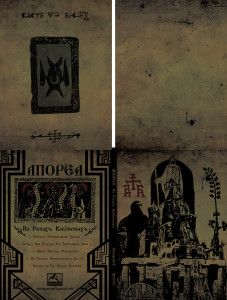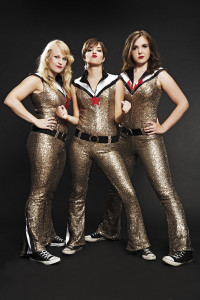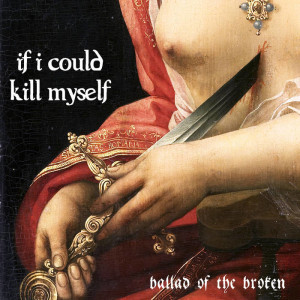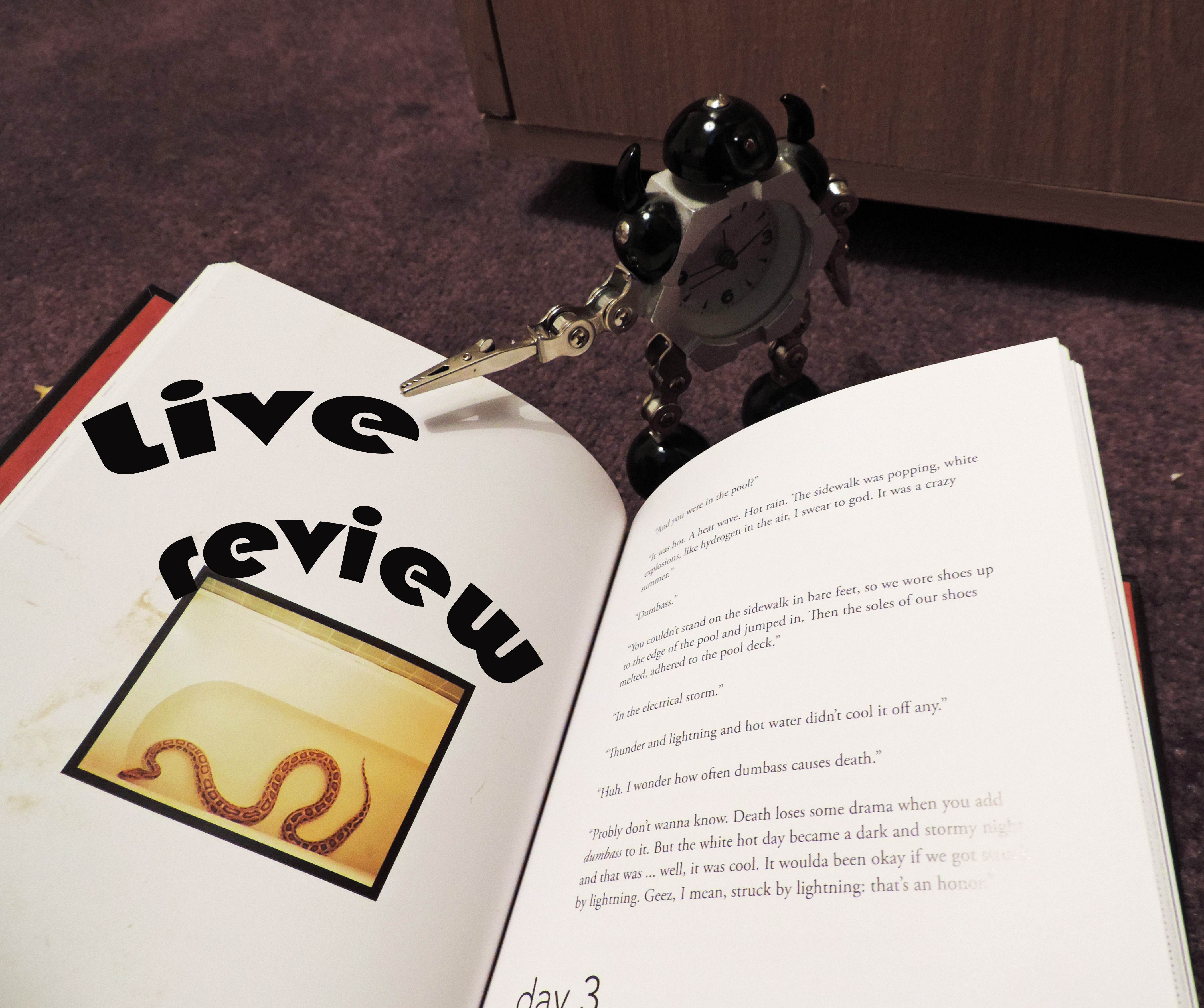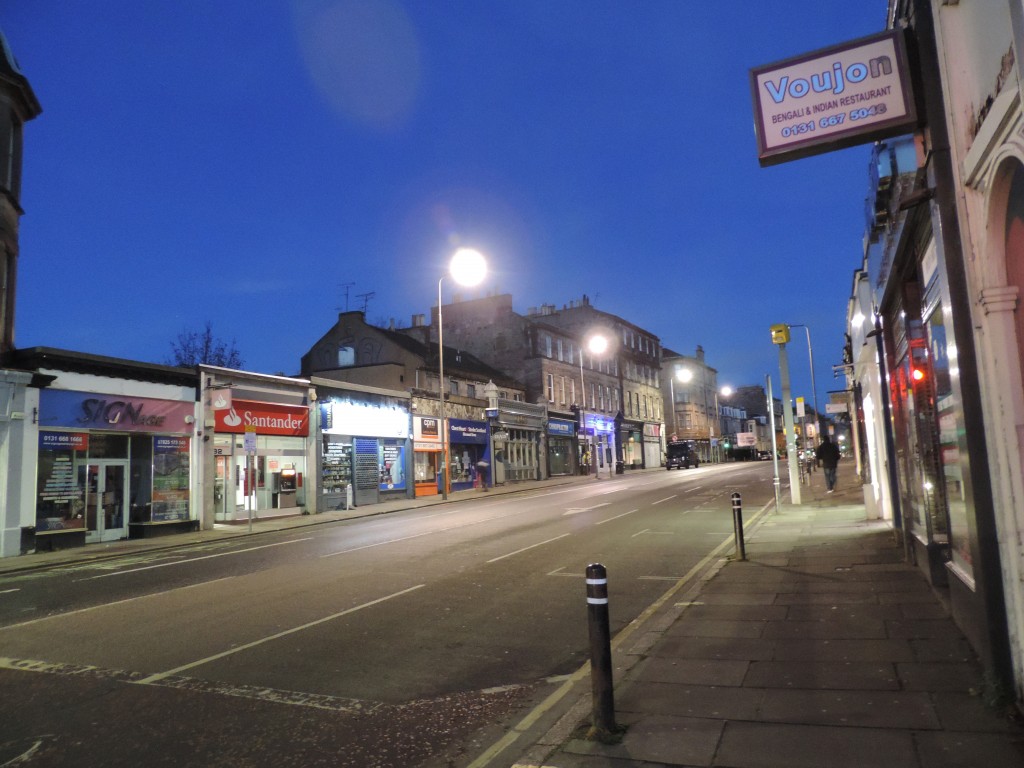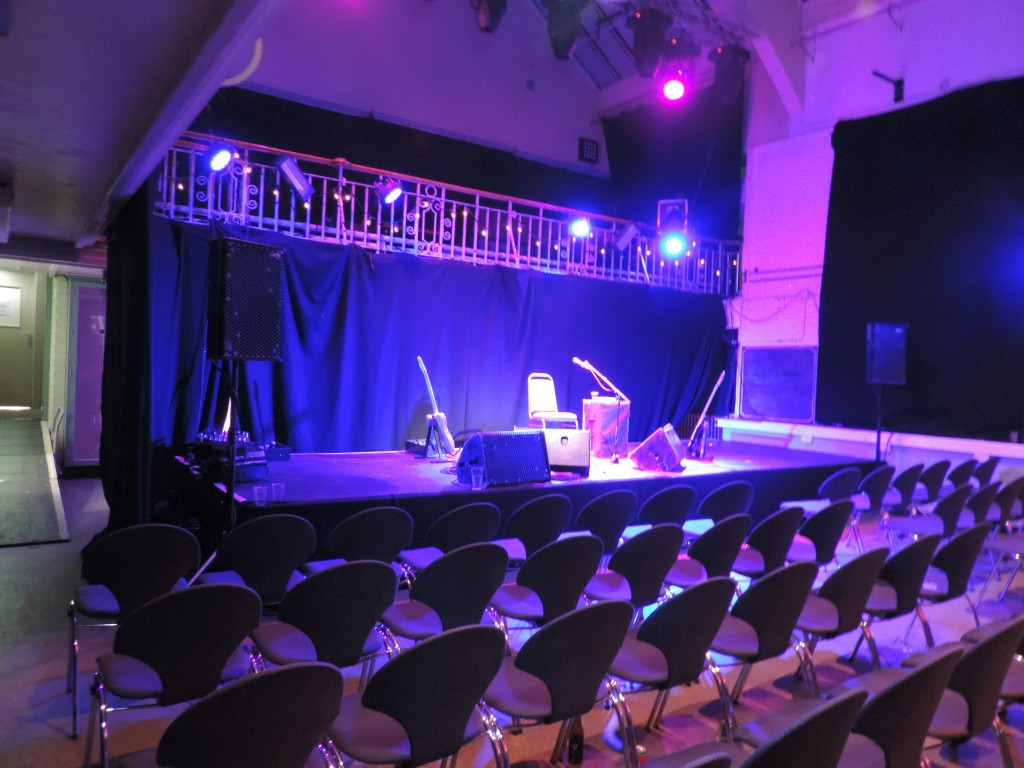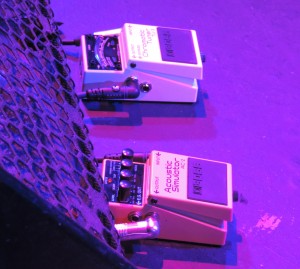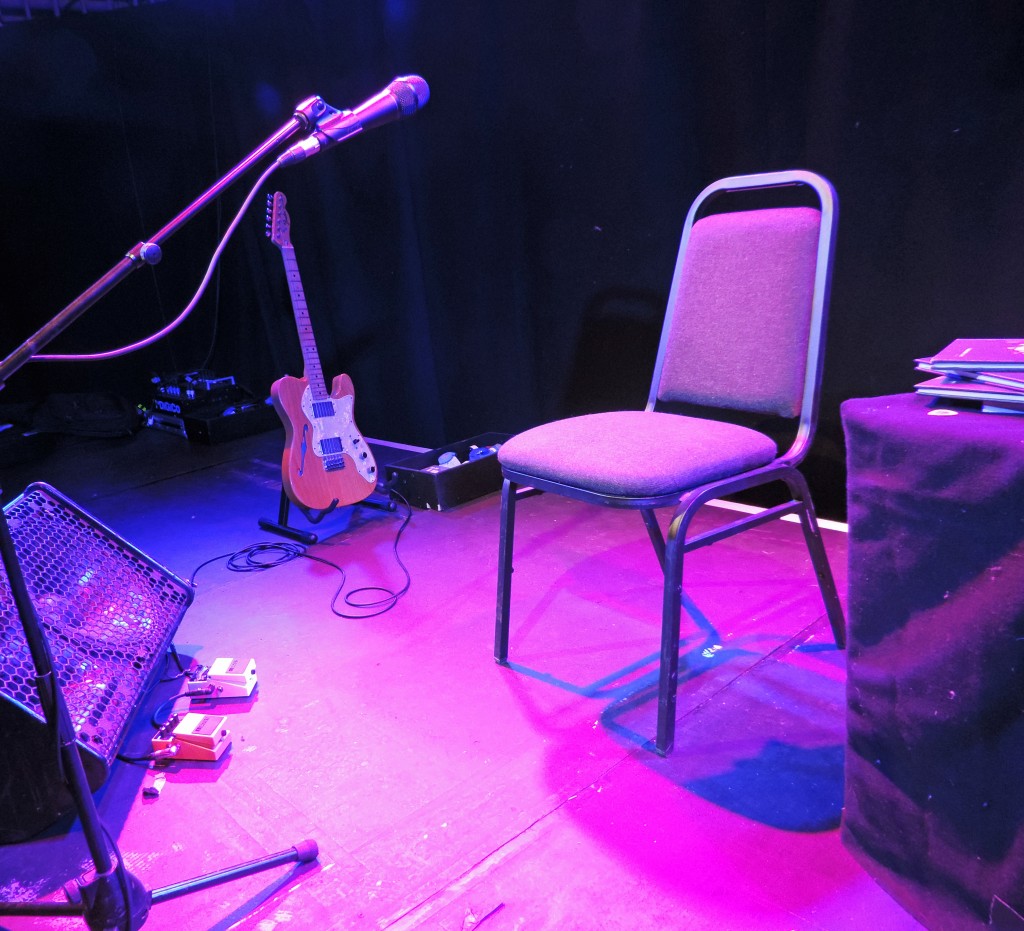Tell me now, I beg you, where
Flora is, that fair Roman;
Archippa, and Thaïs rare,
Who the fairer of the twain?
Echo too, whose voice each plain,
River, lake and valley bore;
Lovely these as springtime lane,
But where are they, the snows of yore?¹François Villon, Ballade des dames du temps jadis(1461)¹
![]()
My uncle died two years ago now, but his Instagram account is still there. How many dead people live on in their abandoned social media accounts? The future never seems to arrive, never really exists, but history never ends. For over a quarter of a century, social media has mirrored and shaped lives, always evolving, but leaving behind its detritus just like every other phase of civilisation. Where are the people we were sociable with on the forgotten single-community (bands, hobbies, comedy, whatever) forums and message boards of the 90s and 2000s², or the friends we made on MySpace in 2005? Some live on, ageing at an only slightly faster rate than their profile pictures (Dorian Gray would now age privately at home, his picture migrating untouched from MySpace to Facebook to Twitter to Instagram to TikTok etc), but others seem lost, vanished, dead? But still partially living on in archaic digital forms, like those sunlit American families in the home movies of the 50s and 60s.
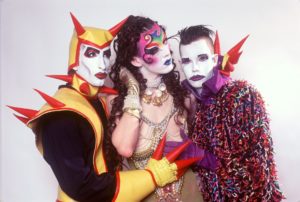
Twenty-five years is a long, generation-spanning time, but, just as abstract expressionist art essentially still lives on, in almost unaltered forms but no longer radical – long past the lifetimes of Rothko, Jackson Pollock and de Kooning, so the (just) pre-internet countercultural modernity of the late 80s and early 90s survives. The shock-monster-gender-fluid-glam-trash of Michael Alig and the Club Kids (captured brilliantly in the 1998 ‘shockumentary’ Party Monster and in James St James’s luridly fantastic memoir Disco Bloodbath and, less brilliantly, in the somewhat unsatisfactory 2003 movie Party Monster) was still prevalent back in the Myspace era³ and lives on and still feels current on Instagram and Tiktok and reality TV and in whatever is left of the top 40. Increasingly bulimic pop culture eats reconstituted chunks of itself and just as the 60s haunted the early 90s, bringing genuine creativity (Andrew Weatherall, to pick a name at random) and feeble dayglo pastiche (Candy Flip, to deliberately target a heinous offender), a weird and distorted (if you were there) amalgam of the 1980s and 90s haunts the 2020s, informing both the shallow dreck that proliferates everywhere and some of the genuine creativity of today.
‘I’m ready now,’ Piper Hill said, eyes closed, seated on the carpet in a loose approximation of the lotus position. ‘Touch the spread with your left hand.’ Eight slender leads trailed from the sockets behind Piper’s ears to the instrument that lay across her tanned thighs.
entering cyberspace in William Gibson’s Mona Lisa Overdrive (1988) Grafton Books, p.105.
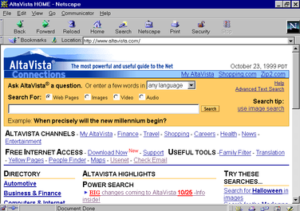
Cyberspace, like any landscape which people have inhabited, has its lost cultures and ruins, which become ever more remote and unknowable with the passing of the years. But like Macchu Picchu or the Broch of Gurness, they retain a sense that it all meant something significant once. The not-quite barren wastelands of Geocities and Xanga, the ruined palace of MySpace – a Rosetta stone partly effaced with dead links and half forgotten languages; photobucket, imageshack, tripod, what do these mean if you’re 15? Would the old, useable interface of MySpace seem as charmingly quaint and remote to the “youth of today” as the penpal columns in the pages of ’80s music magazines do?
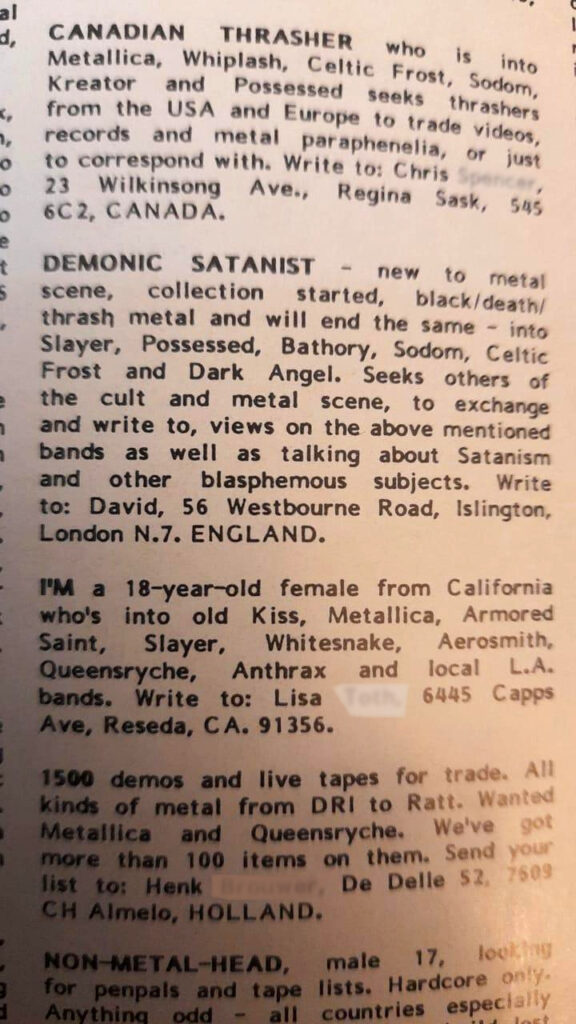
Funny to think, but there was a time when Lycos, Alta Vista and Ask Jeeves were peers of Google, and when Bebo rivalled Facebook and Twitter, both now seemingly in senile phases of their development. Until very recently Facebook (Meta) and Twitter were brands that were seemingly unassailable, but empires do fall, albeit more slowly than bubbles burst.4 And meanwhile, the users of social networks age and die and give way to generations who don’t remember them, but look on their works, just as the Incas and the Iron Age Orcadians are remembered for their monuments, if nothing else. Depressing, when you think about it; probably won’t write about history next time.
It’s funny. Don’t ever tell anybody anything. If you do, you start missing everybody. JD Salinger, The Catcher In The Rye, Penguin, 1958, p.220

¹ translated by Lewis Wharton in The Poems of François Villon, JM Dent & Sons, 1935, p54. Not reading French – I seem to go on about that a lot – this is my favourite translation I’ve come across, although apparently it’s a pretty free one, judging by the literal – but still quite nice – one here
² the continuing success of Reddit suggests that people never really grew discontented with the interface of the Kiss online fanclub c. 2005 (etc etc)
³It’s weird to note that the Club Kids would be considered – even without the murder etc – just as outrageous today as in the late 80s, even though their aesthetic was itself put together from a mix of Bowie, gore movies, Japanese pop culture etc etc. But then – as I think I recently noted somewhere – there are people who still find the word fuck outrageous, after something like a millennium.
4Online and mainstream culture, even after this quarter century, remain mysteriously separate. Online news unfolds as it happens, but meanwhile in the daytime world, mainstream culture hangs on to husks even older than Geocities; publicly owned TV news shows don’t look to what’s happening now, but pore over the front pages of newspapers – yesterday’s news… today! – simultaneously being redundant and ensuring that newspaper owners’ views get publicity beyond their dwindling readership and therefore giving them an artificial sense of relevance. Which is really just about money, just as Google and Facebook are; the crumbling aristocracy of print media, its tendrils still entwined with the establishment, versus the new money, steadily buying its way in.



